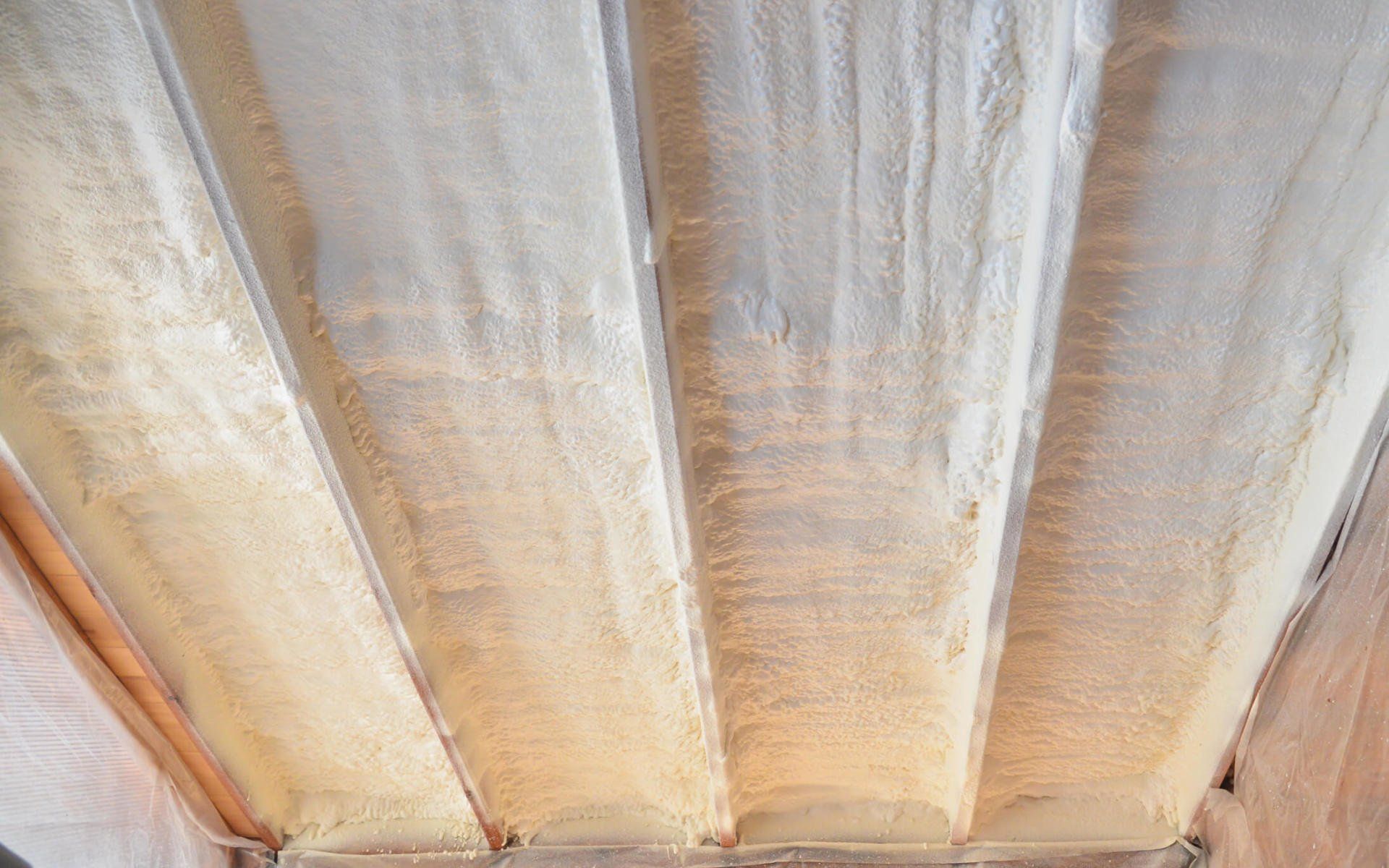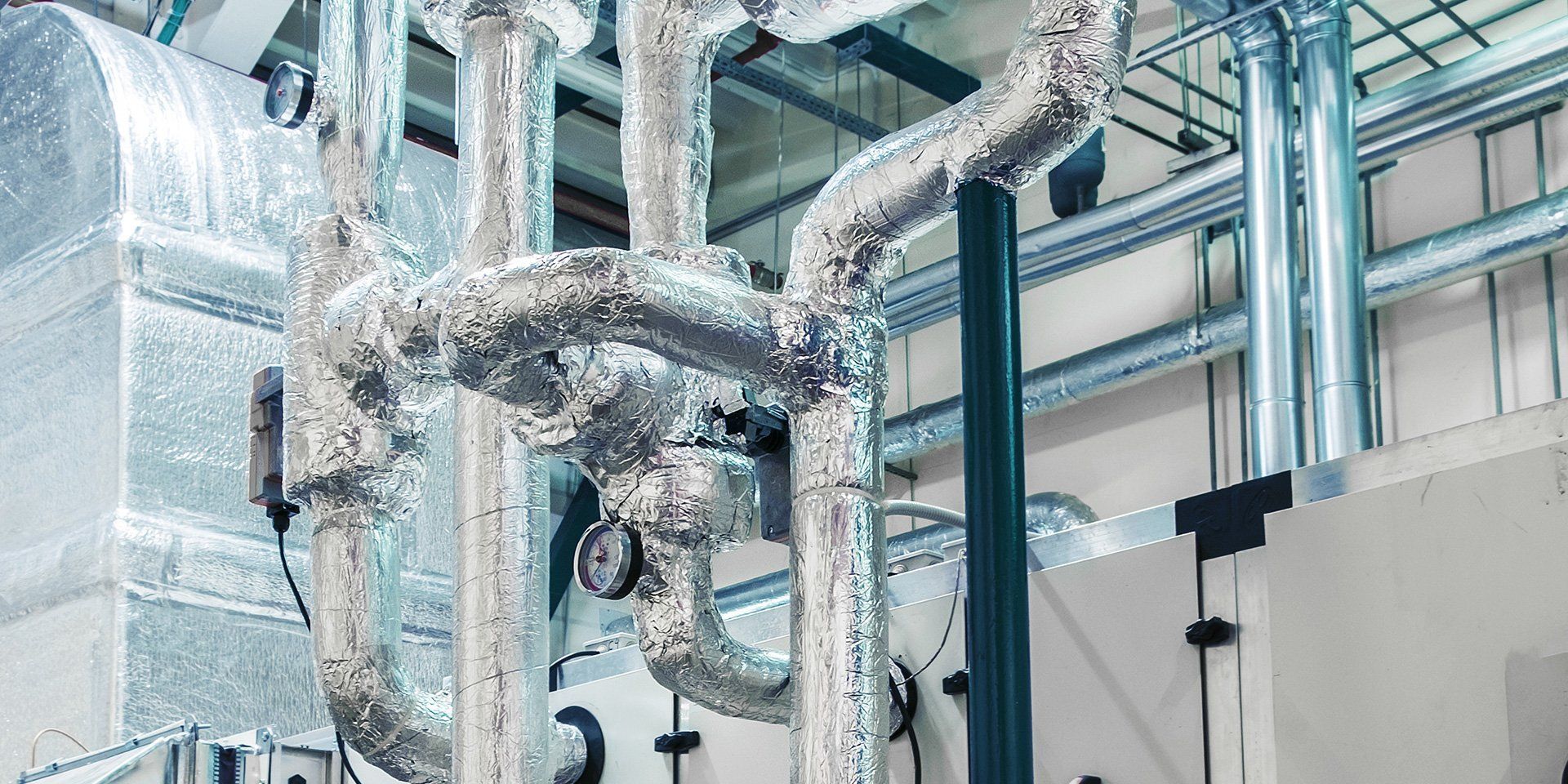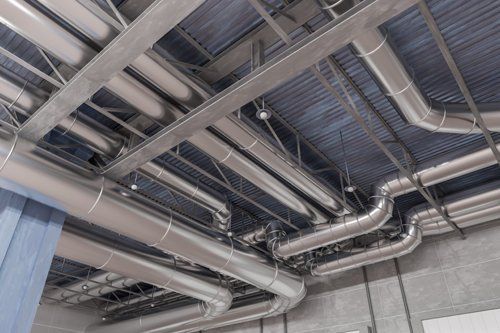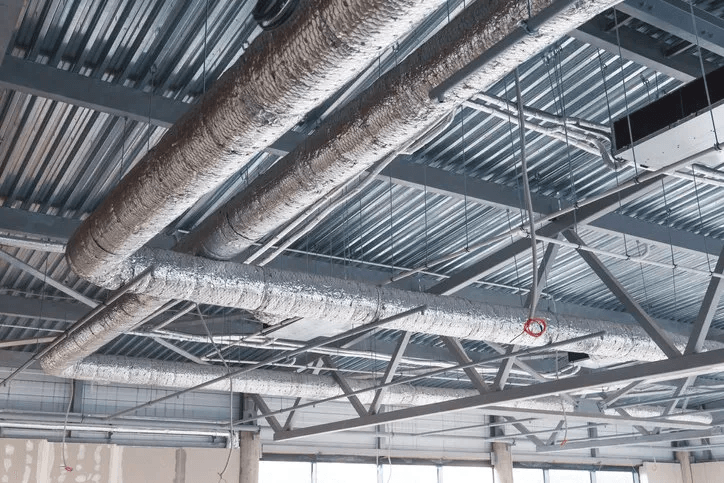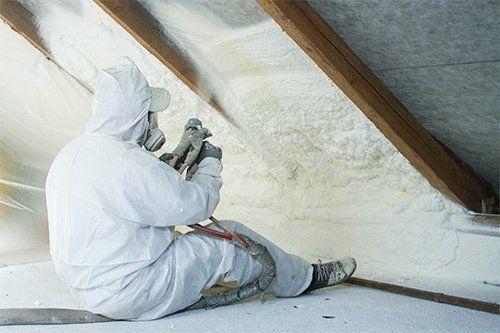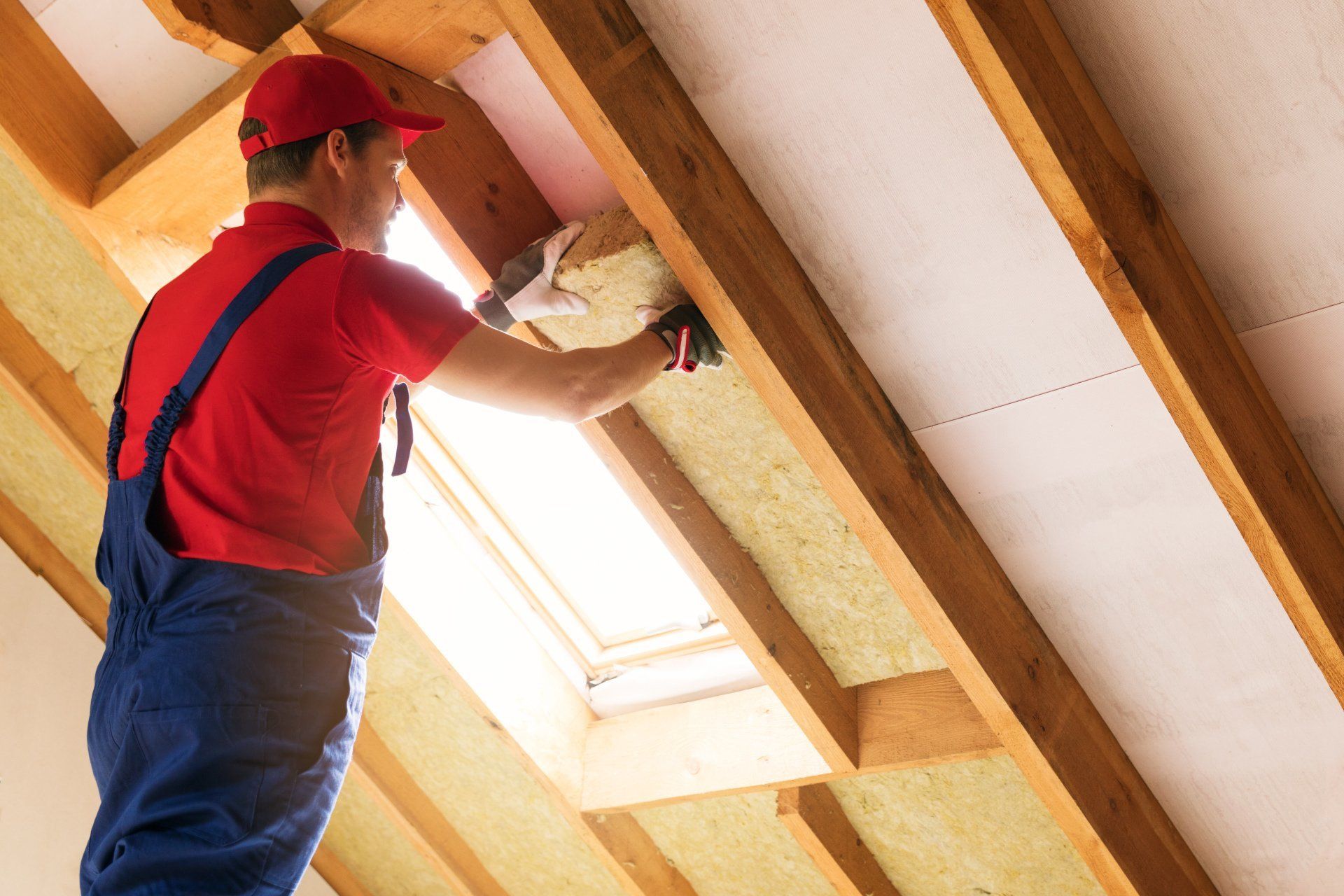Which Type of Insulation Should You Choose?

Fiberglass Batt
Fiberglass batt is one of the most common insulation materials, and it can be easily installed by just about anyone. The batts come in strips that perfectly fit between the two-by-fours in the walls and ceilings. Fiberglass batt is an affordable option at about $0.64 to $1.19 per square foot, according to Home Advisor, and you can usually install it yourself. Fiberglass batt has an R-Value of R-2.9 to R-3.8.
Fiberglass batt insulation is a good choice if you have a budget and if the walls, ceiling, or floor is unfinished - in other words, if no drywall is covering the studs yet. If the walls are finished, you'd need to fully destroy them again to add more insulation.
Rigid Foam Board
Rigid foam board is similar to fiberglass batt because it is solid, but it is more commonly used on exterior walls to help block heat or cold from outside. One advantage rigid foam board has over fiberglass batts is the R-Value, which is about R-3.6 to R-8.0. Therefore, you can use less rigid foam board to reach the desired R-Value. Rigid foam board is also good at blocking moisture, making it a great choice for your attic.
You should not attempt to install rigid foam board by yourself. Improper installation can make the insulation less effective, and because rigid foam board is a more expensive option, you don't want to have to pay for a redo.
Loose Fill
Loose fill insulation is often made from cellulose, which is basically crafted by recycling newspaper, although some loose fill comes in different materials. Whichever you choose, expect a less invasive installation process. Instead of solid batts or boards, loose fill is blown into the walls with a mechanical blower.
This installation method makes loose fill a great choice if you need to add insulation to finished walls. The contractor will need to make a small hole, but the entire wall doesn't need to be removed and replaced. Blown-in cellulose insulation usually has an R-Value of about R-3.1 to R-3.8, making it comparable to fiberglass batts. On average, adding loose fill insulation to a 1500 square-foot home may cost about $1,500 to $2,000 for professional installation, according to Home Advisor.
Spray Foam
Spray foam is perhaps one of the most desirable insulation materials because of its incredibly high RValue. Generally, polyurethane foam insulation has an R-Value of R-5.6 to R-8.0, so you'll need a lot less, which is good because spray foam can be expensive to install, and you need a qualified professional to install it correctly.
If installed correctly, your spray foam insulation acts as a barrier to both moisture and air. Depending on the type of spray foam you choose (closed cell or open cell), you get nearly total protection from outside moisture and air. Open cell spray foam is less durable, but it is usually cheaper to install.
Even with a great HVAC system, if your home's insulation is lacking, you're allowing heated air to leave or enter the house when you don't want it to. Instead of watching your energy bills rise, consider adding some insulation. With so many types from which to choose, you can find the perfect solution to your needs. For more information about insulation, contact us today at Guy M. Beaty Co., Inc.

